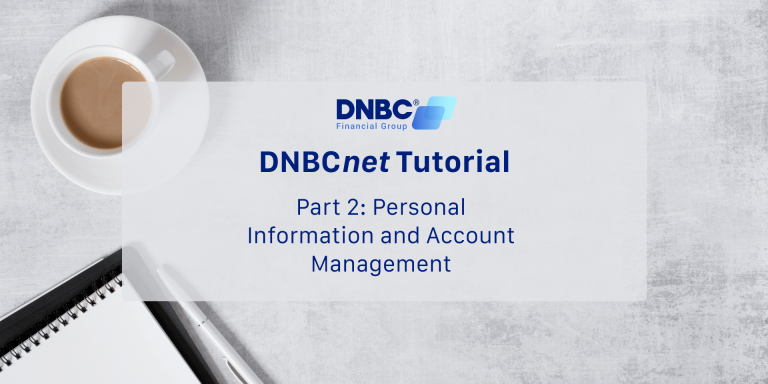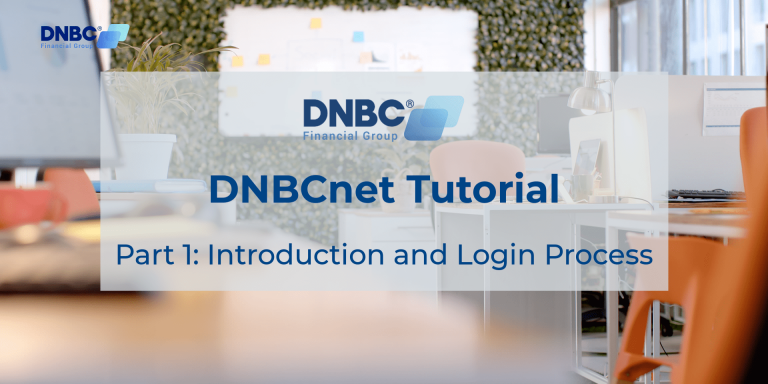In today’s financial landscape, implementing Anti-money laundering (AML) in business is paramount. The convenience of global money transfer causes the increase of money laundering’s risk. A robust AML framework stands as a shield to help businesses against this crime.
This blog will dive deep into what AML stands for and what it means in a business context. It will also discuss the significance of AML, as well as the five pillars of AML compliance.
What does AML stand for in business?
AML stands for Anti-Money Laundering, targeting a financial crime known as money laundering. This illicit practice involves concealing illegally acquired funds to make them appear legitimate. Thus, this term, AML, encompasses measures designed to identify, and counter such activity.
Money laundering is the illegal process of hiding the source of dirty money
What is AML in business context?
In a business context, AML refers to regulations and procedures established by businesses. They identify, evaluate, and mitigate risks related to financial crimes within their operations.
Financial institutions are primary implementers of these regulations. Their involvement in financial transactions makes them more susceptible to money laundering risks. Besides, they are obligated to strictly adhere to AML measures. They need to report any suspicious activities to authorities to ensure compliance.
Significance of implementing AML in business
Understanding why AML implementation matters is crucial to understanding its impact in finance. AML isn’t just about complying with rules. It’s a crucial shield against financial crimes and their devastating consequences.
Here are some of the key benefits of AML implementation:
Upholding Integrity and Building Trust
AML implementation ensures businesses operate ethically and transparently. This fosters trust with stakeholders like customers, investors, and partners. This ultimately leads to a stronger reputation and brand value.
Implementing robust AML helps foster trust with stakeholders
Compliance and Legal Obligations
Implementing an AML program allows businesses to meet legal requirements. Additionally, it helps businesses avoid hefty fines and penalties for non-compliance.
Implementing an AML program helps businesses avoid hefty fines and penalties
Risk Mitigation and Financial Security
AML measures help identify and mitigate the risks associated with financial crimes. Then businesses can protect themselves from potential losses and safeguard their financial security.
Global Impact and System-Wide Benefits
The implementation of AML extends far beyond individual businesses. It enhances the overall security across industries. This effort contributes to a more stable and secure financial system for everyone.
5 pillars of implementing AML in business
To develop an AML solution, businesses must consider these 5 fundamental pillars:
1. Developing Internal Policies
The initial pillar involves implementing internal controls through established internal policies and procedures. These controls need to be appropriate for the company’s risk profile.
The internal policies and procedures should be documented in writing to ensure clarity. They outline how tasks and processes should be carried out within the organization. They clearly define roles and responsibilities for each department. This ensures everyone comprehends their duties and accountabilities.
They guarantee the company’s compliance with legal requirements and industry standards. Besides, they also prevent violations and potential penalties due to non-compliance.
2. Designating a Compliance Officer
The second pillar is appointing a dedicated compliance officer. This individual handles overseeing all AML-related activities within the organization.
Designating a compliance officer is necessary to create AML program
Here are the key responsibilities of the compliance officer:
Assessment and Improvement: The compliance officer evaluates existing processes. Then they identify areas where the business can enhance its AML practices.
Policy Formulation: Crafting effective AML policies is a critical task. They develop and update policies that align with the latest AML regulations.
The compliance officer should have a strong understanding of AML laws and regulations. Besides, this individual should also possess industry-specific expertise. This combination ensures effective decision-making and risk management.
3. Creating a Training Programme for Employees
After establishing AML policy, the compliance officer embarks on crafting a training program. It is essential for ensuring that employees understand and adhere to AML regulations. The training must focus on the latest finance market trends, red flags and AML procedures.
To ensure sustained effectiveness, consider offering refresher training sessions periodically. This helps employees keep pace with evolving regulatory landscapes and reinforces their understanding.
Tailoring the training to different employee groups is crucial for maximizing its impact. The front-line staff interacting directly with customers requires more detailed training than others.
A well-designed AML training program ensures compliance and mitigates financial crimes’ risk. It also fosters a culture of vigilance and transparency within the company.
Companies should consider offering refresher training sessions periodically
4. Ensure Independent Testing and Auditing
The fourth pillar emphasizes independent testing to evaluate the AML program’s effectiveness. These tests can be conducted by third-party firms or specialized staff.
They assess regulatory alignment and money laundering risk mitigation of the AML program. They also identify any gaps in the program and provide guidance for remediation.
The independent testing serves as a critical safeguard for robust AML efforts.
5. Deploying comprehensive risk assessment
The last pillar of an AML compliance program is customer due diligence (CDD). This pillar emphasizes developing a comprehensive customer risk profile. Besides, it involves ongoing monitoring to identify and report suspicious transactions.
Higher-risk situations require enhanced due diligence to mitigate the possibility of fraudulent transactions. Particularly, requesting further information or investigating red flags before account acceptance is crucial.
For higher-risk profiles, enhanced due diligence is important
How does DNBC implement AML in business?
DNBC takes anti-money laundering (AML) compliance seriously. We understand it is not only a regulatory requirement. It serves as a crucial defense for us against financial crimes. It helps protect both our company and the entire financial system’s integrity.
Therefore, DNBC is always committed to upholding the highest standards of AML compliance. Our commitment makes us a trusted partner for secure international money transfers. We offer both personal and business services to meet your needs.
By choosing us for global money transfers, you can rest assured that your funds are secure. You also are contributing to a global financial system valuing integrity and transparency.
Feel free to reach out to us for a free consultation on international money transfers!



 DNBC Team
DNBC Team












